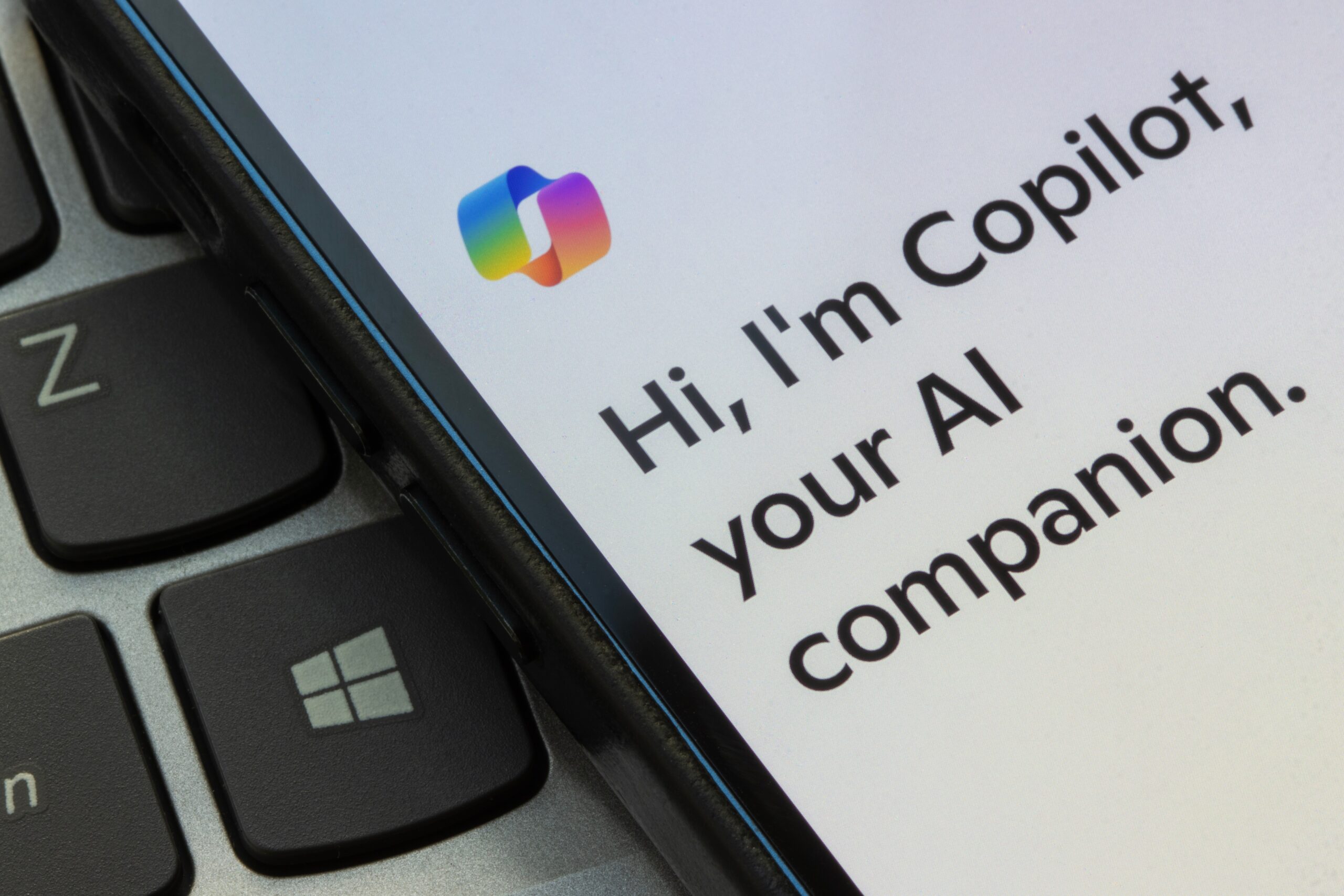AI is everywhere. It can write texts, generate images, or summarize meetings. That is appealing for individuals who save time and energy thanks to it. But companies do not run on quick wins. Their real value is not measured in minutes but in long-term processes, data management, and team collaboration. This is where the difference becomes clear between what we see in a flashy conference demo and what an organization with thousands of employees truly needs.
The essence of modern technology is not magic but the thoughtful connection of tools, data, and people. Advanced algorithms can automate tasks, speed up communication, or make it easier to navigate vast amounts of information, yet without proper implementation and management they remain nothing more than cleverly packaged automation. The user is always the one who sets the direction and carries the responsibility. That is why the role of an expert is so important. Someone who understands not only the technology but also the business reality. Only then does a tool become a reliable partner that even a company with thousands of employees can rely on.
The model is only the beginning, the path to a solution is longer
The model is essentially the core of AI, a mathematical mechanism that learns from data and based on it predicts, recommends, or generates. It is the brain, but on its own it has no body. To truly deliver value, it needs a framework of processes, integrations, security, and a user environment that give it practical use. Only then does an AI solution emerge that is more than an experiment and becomes a tool a large organization can rely on.

The strength of such a solution never lies in the model alone. If company data is scattered across attachments and spreadsheets and processes rely on manual copying, the results will not be convincing. The model then acts only as a more complex automation with elements of machine learning. For AI to truly deliver value, it must be built on clean data, clearly defined processes, and integration with the tools the company already uses.
The demo looks easy, but the reality is completely different
Every tool looks easy in a demo video. The reality is different. To make a solution work in a company with a thousand employees, clicking “publish” is not enough. It requires someone who understands architecture, security, licensing, and most importantly how to connect the tools together.

Without an experienced expert, a solution may work for a pilot team but collapse at the first full deployment. Automation, document extraction, or a chatbot are not goals in themselves. The real goal is to ensure that both management and every single user can rely on them.
When tools don’t play solo
There are many strong players on the market. Gemini and Claude excel at fast content generation. Azure AI may not be the fastest, but it offers something different: a robust platform with enterprise-grade security, integration, and governance. Combined with Power Automate, Copilot Studio, and Foundry, it becomes a solution with real structure and purpose.
AI in everyday operations
Imagine a company processing hundreds of invoices and technical specifications every day. Document Intelligence instantly extracts tables, texts, and values, while Power Automate automatically sends them to a database and triggers an approval flow. Finance gets full visibility without opening a single email, and a process that once took hours now takes minutes. A document turns into a living piece of information that the company can use smartly and build further processes on.
Internal support is often overwhelmed with repetitive questions. With Copilot Studio, a bot can be created in minutes to answer routine queries directly in Teams. Azure AI Foundry handles more complex requests, while Power Automate connects the whole solution with the ticketing system. Employees get instant answers, and the helpdesk can focus on what really matters.
Ready for a change? Write to us at customers@evenaut.com and let’s take the first step together toward a more efficient future for your company.





